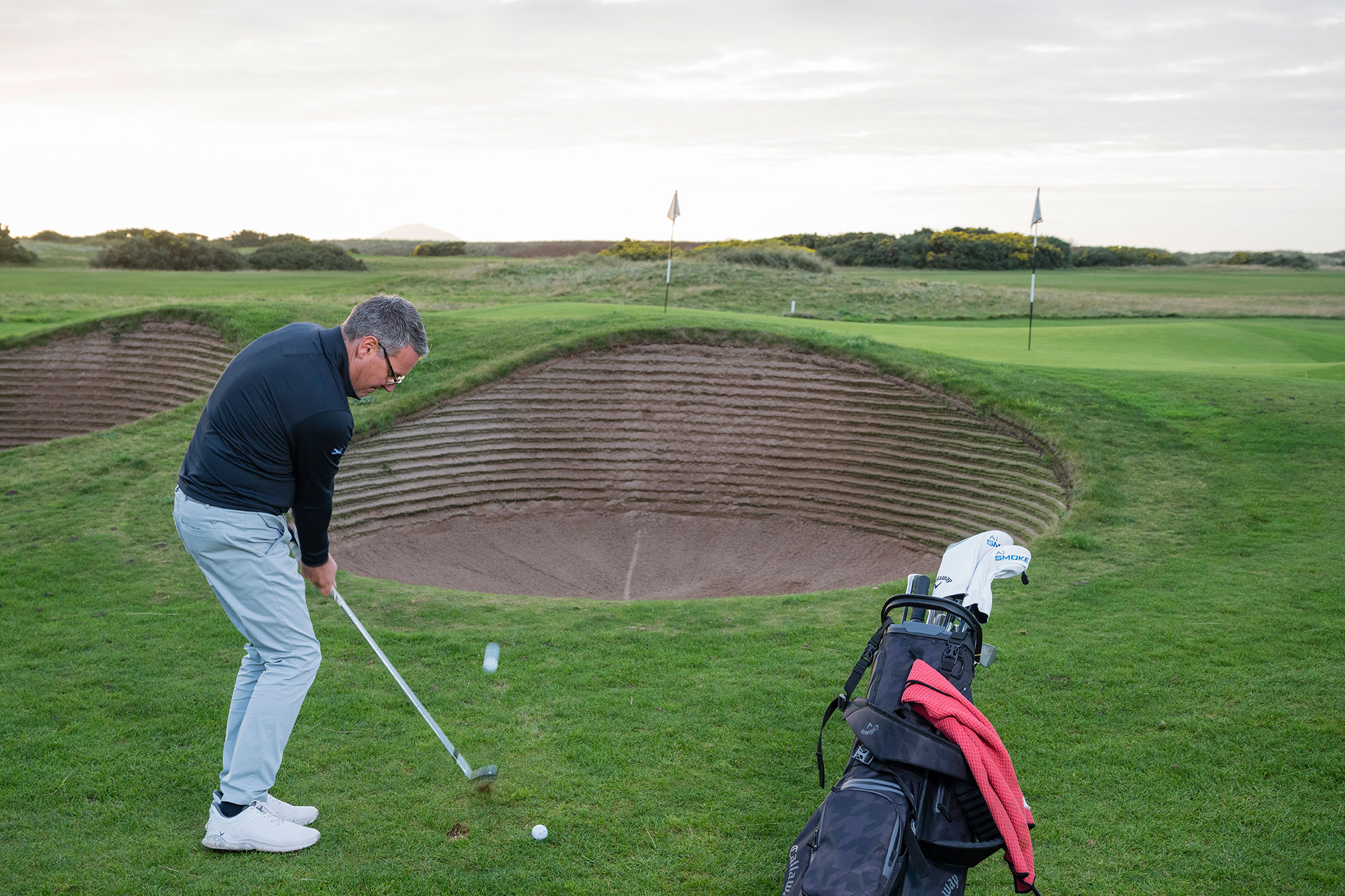
When it comes to data in golf, many amateurs are obsessed with how far the average amateur golfer hits their driver or how many birdies they make in a round, but have you ever considered how these incredible stats can help you lower your handicap?
Improving certain areas of your game could help you to swing the needle towards your target index, with data-informed knowledge helping you to source the best golf drills to support you in your pursuit of progress.
Well, according to the latest Shot Scope data, the following five statistical improvements could help you to slash your handicap in half - finally helping you to move from a 20-handicap all the way down to the brink of single figures...
5 Statistical Improvements That Could Slash Your Handicap
Digesting data and utilising it to inform decisions is something the best golfers in the world do, but it also helps many amateurs to achieve their goals - like breaking 80 for the first time.
Below, I have done a lot of the hard work for you by crunching the numbers and generating a practical plan to set you up for success...
1. Distance Off The Tee
It will come as no surprise that one of the most effective ways to get from a 20- to a 10-handicap is to increase your distance off the tee.
According to Shot Scope, a 20-handicapper averages 222 yards with their tee shots. This is 31 yards shorter than a 10-handicapper, who hits it 253 yards on average.
That data takes into account tee shots hit with driver, fairway woods and hybrids - the position remains the same... distance is king.
Sending your tee shots out a little further allows for shorter clubs into the green, a closer proximity to the hole from the second shot and therefore a better chance to bank birdies.

2. Approach To The Green
With danger often lurking short of the green, in the form of shot-sapping bunkers or penal hazards, taking enough club to reach the back of the green is a crucial strategy decision that 20-handicappers can make to lower their handicap.
The average 20-handicap player comes up short of the green from 150 yards around 50% of the time, which often leads to an uphill struggle (if you'll pardon the pun) to get up and down.
A 10-handicapper only comes up short around 35% of the time, perhaps using their bag more effectively to pull a club with enough juice to clear the danger.
The message is clear - stop forcing it from 150 yards. Take more club and swing it easy.
3. Short Game
Getting dialled in from inside 50 yards is a great way to cut your handicap index, and the latest shot scope data proves it.
A 10-handicap golfer leaves the ball within 15ft of the hole (average) from inside 50 yards, whereas a 20-handicap golfer ends up around 20ft away.
Five feet might not seem like a big deal, but a 20-handicapper is half as likely to make a 20ft putt (7%) than to make a 15ft putt (14%).
Perhaps it's time for a refresh on how to chip and pitch like a pro - as these lessons could transform your performances on the golf course.

4. Putting
Putting is an often neglected area of the game, in terms of practice, but improving with the flatstick can significantly improve your chances of reducing your handicap.
The average 20-handicap golfer 3-putts 13% of the time, but a 10-handicapper only falls foul of this frustrating occurrence 7% of the time.
A 20-handicapper therefore averages a 3-putt once every eight holes, while a 10-handicapper can go almost twice as long without one (14 holes).
Cutting out 3-putts is a great way to lower your handicap index, so head to the practice green for a few of the best putting tips and drills.
5. Scoring
This might sound obvious, but making sensible and strategic decisions on the golf course to avoid double bogey or worse is key to reaching a handicap index of 10.
In the average round, a 20-handicapper makes around six double-bogeys or worse, which is more than twice the amount of a 10-handicapper (2.88).
Common sense should prevail, but things like taking your medicine when out of position, not taking on unrealistic approach shots and setting up to utilise your shot shape off the tee can all help to limit these annoying big numbers from the scorecard.







